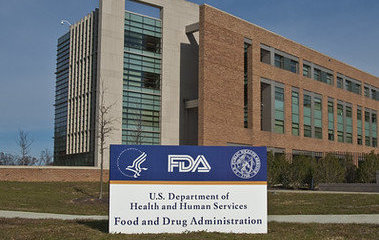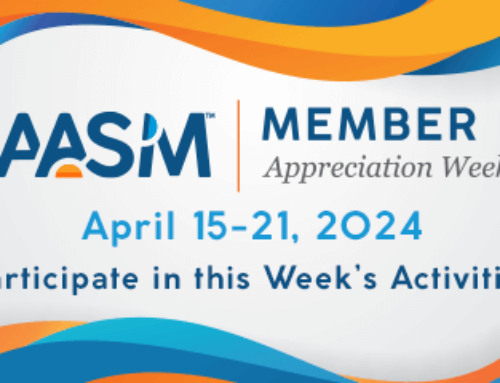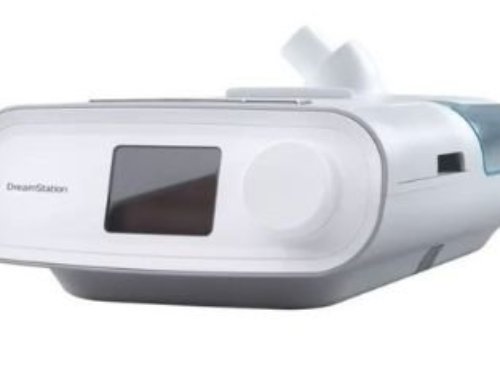On June 30 the U.S. Food and Drug Administration (FDA) issued a safety communication in response to the voluntary recall by Philips of certain Philips Respironics bi-level positive airway pressure (BPAP), continuous positive airway pressure (CPAP), and mechanical ventilator devices due to potential health risks. The statement urges patients who use a recalled device to talk to their health care provider to decide on a suitable treatment for their condition.
The FDA also indicated that it is working with Philips Respironics to evaluate the issue and the company’s corrective actions. According to the FDA, it has no evidence at this time that any other machines are affected by the same problem. (A statement by ResMed indicates that its devices are safe to use.) The FDA noted that it will continue to monitor supply and demand to assess availability of the affected devices and any potential shortages.
FDA Recommendations for Patients
The FDA safety communication provides the following recommendations for patients who use a recalled BPAP or CPAP machine for the treatment of obstructive sleep apnea:
- “Talk to your health care provider to decide on a suitable treatment for your condition, which may include:
- Stopping use of your device
- Using another similar device that is not part of the recall
- Using alternative treatments for sleep apnea, such as positional therapy or oral appliances, which fit like a sports mouth guard or an orthodontic retainer.
- Initiating long term therapies for sleep apnea, such as losing weight, avoiding alcohol, stopping smoking, or, for moderate to severe sleep apnea, considering surgical options.
- Continuing to use your affected device, if your health care provider determines that the benefits outweigh the risks identified in the recall notification.
- Follow the manufacturer’s instructions and recommended cleaning and replacement guidelines for your CPAP machine and accessories. Ozone cleaners may worsen the breakdown of the foam, and there are other potential risks associated with the use of ozone and ultraviolet (UV) light products for cleaning CPAP machines and accessories.
- Register your device(s) on Philips Respironics’ recall website to stay informed of updates from Philips Respironics regarding any new instructions or other corrective fixes, which the FDA is requiring.
- Report any problems with a device through the FDA’s MedWatch Voluntary Reporting Form.”
The FDA safety communication also provides additional recommendations for people who use a recalled ventilator at home.
FDA Recommendations for Health Care Providers and Facilities
The FDA safety communication provides the following recommendations for health care providers and facilities:
- “Follow the recommendations above for the affected devices used in health care settings.
- Review the recommendations above with patients who use the affected devices.
- Service affected devices and evaluate for any evidence of foam degradation.
- If there is evidence of foam degradation, such as black debris in the device, stop use of the device, if possible, and report any problems with a device through the FDA’s MedWatch Voluntary Reporting Form.”
Australian Therapeutic Goods Administration Recommendations
On July 6, the Australian Department of Health’s Therapeutic Goods Administration (TGA) also updated its safety alert about the Philips recall. The alert instructs patients, “Do not stop using your device without speaking to your physician or care provider. Stopping treatment suddenly could have an immediate and detrimental effect on your health.”
For patients who use a recalled CPAP or BPAP device for sleep apnea, the alert advises, “Please make an appointment with your physician or care provider before making any changes to your prescribed therapy. Together with your physician, determine if the benefit of continuing therapy with your device outweighs the risks identified and discuss alternative long-term therapy options.” The alert instructs health professionals that, “A patient-specific risk assessment may be needed to determine whether the benefits of continuing therapy outweighs the risks identified.”
The alert also provided additional details about the potential risks associated with degraded foam in the recalled devices. The TGA reports, “Philips’ investigations identified that the majority of particles are of a size unable to penetrate into deep lung tissue and are likely to remain in the patient’s upper airway. Only particles with a diameter of <1-3 μm may penetrate into the lower respiratory tract.” The TGA also noted that the emission of volatile organic compounds by the foam “mostly occurs during initial operation, but may possibly continue throughout the device’s useful life.”
Read the AASM guidance for sleep medicine professionals for additional information about the Philips recall.
UPDATE: On July 22, the FDA announced it has identified the Philips PAP device recall “as a Class I recall, the most serious type of recall. Use of these devices may cause serious injuries or death.” According to the FDA, there have been more than 1,200 complaints and more than 100 injuries reported for this issue.
Updated July 23, 2021. Photo: U.S. Food and Drug Administration.









